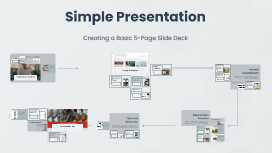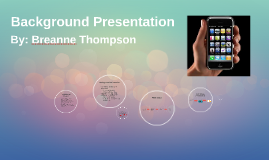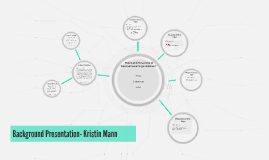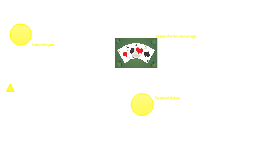Simple Presentation
Transcript: Assets Simple Presentation Creating a Basic 5-Page Slide Deck Comment Objectives of the Presentation Overview of Structure The main objectives of any presentation include informing, persuading, and engaging the audience. Clear objectives guide the content, ensuring that the presentation fulfills its intended purpose effectively. A well-structured presentation typically includes an introduction, a main content section, and a conclusion. This format helps maintain clarity and provides a logical flow, making it easier for the audience to follow along. Defining Your Message Importance of Presentations Visual Hierarchy Presentations serve as powerful tools for sharing knowledge and persuading audiences. In business, education, and creative fields, effective presentations can significantly influence decision-making and foster collaboration. A clear core message is essential for guiding your presentation. Identify the main takeaway you wish your audience to remember, and ensure all content supports this message to foster understanding and retention. Design Principles Content Development Visual hierarchy guides the audience's attention through content. Using size, color, and layout strategically highlights key points while leading the viewer's eye naturally across slides. Establishing an effective hierarchy improves information retention and understanding. Design principles are crucial in creating effective presentations. Emphasizing simplicity, appropriate color choices, thoughtful typography, and effective visual hierarchy significantly enhances audience understanding and engagement. Organizing Information Introduction to Presentation Effective content development is crucial for a successful presentation, ensuring clarity in messaging and engagement with the audience. Key components include defining your core message, organizing information coherently, incorporating storytelling techniques, and maintaining audience engagement throughout. Organizing information logically enhances coherence and flow. Utilize outlines, bullet points, and hierarchical structures to guide your audience through the key themes and points in a systematic manner. Presentations play a crucial role in communication and are essential for effectively conveying ideas. Their ability to engage an audience and summarize complex information makes them invaluable in various settings. Simplicity in Design Typography Essentials Importance of Storytelling Engaging the Audience Simplicity focuses on reducing clutter to enhance message clarity. A clean design minimizes distractions, allowing the audience to concentrate on key information. Maintaining consistent styles across slides fosters cohesion and professionalism. Typography directly affects readability and comprehension. Selecting appropriate fonts and maintaining consistent sizes across slides ensure that text is legible from various distances. Aim for a combination of serif and sans-serif fonts for balance. Storytelling engages emotions and aids memory retention. By weaving narratives into your presentation, you create relatable contexts, making your message more impactful and memorable for the audience. Audience engagement is paramount for effective communication. Techniques such as asking questions, encouraging feedback, and incorporating interactive elements can significantly enhance participation and response. Effective Use of Color Color significantly impacts audience perception and emotional response. Utilizing a color palette that aligns with the presentation’s theme creates visual interest while also enhancing information retention. Balancing color contrasts ensures accessibility and clarity. Gaining Audience Engagement Handling Q&A Sessions Effective Slide Structure Engaging the audience involves interactivity and relevance. Utilize rhetorical questions, relatable anecdotes, and visual aids to maintain interest and encourage participation throughout the presentation. Anticipating potential questions allows for better preparation. Encourage audience participation by creating a welcoming atmosphere, addressing queries calmly, and providing clear, concise answers to foster trust and engagement. Integrating Graphics Tools and Resources Timing Management Slide structure is crucial for maintaining audience engagement and ensuring clarity in presentations. A well-designed slide deck supports the speaker's message while facilitating audience comprehension. Incorporating relevant graphics, such as images or diagrams, can aid comprehension and retention. Ensure that graphics complement the text rather than overwhelm it, preserving the slide's overall clarity. Image and Graphic Sources A well-designed presentation requires the right tools to create impactful slides and visuals. Utilizing appropriate software, templates, and resource sources can significantly enhance the overall quality of the presentation. Presentation Tips Effective timing is crucial in maintaining audience engagement. Allocate

















